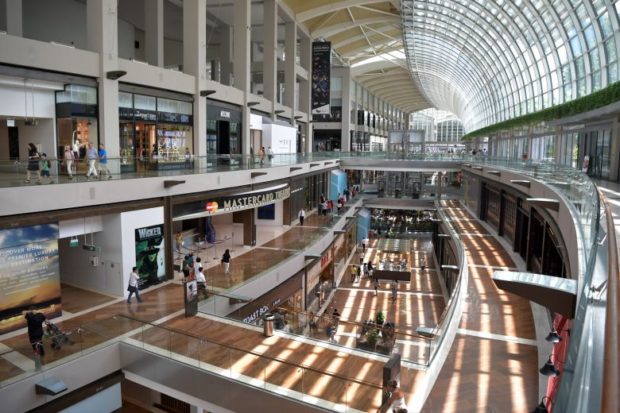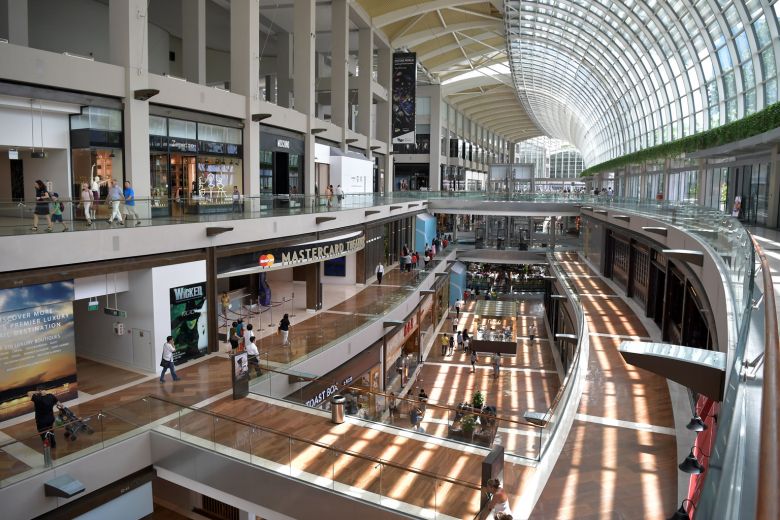
SINGAPORE — Singapore is now the second most expensive city for luxury living in Asia, with Shanghai leading the list.
It is getting costlier to live the high life in Singapore, which has moved up a spot to become the second-most expensive city for luxury living in Asia.
And women may require especially deep pockets, with luxury goods for them found to have heftier price tags on average compared with those for men.
The findings come from a wealth report by Swiss private banking group Julius Baer, which examined the cost of luxury living by looking at a basket of goods and services across 11 cities in Asia.
Data was collected over the 12 months to July.
The overall report tracks luxury expenditure trends of Asia’s high-net-worth individuals – those who have net investible wealth of US$1 million (S$1.36 million) or more, excluding their main residence.
Shanghai is the most expensive Asian city in the latest ranking, overtaking Hong Kong, which has fallen to third behind Singapore.
But Singapore is the most expensive city to buy a car, owing to heavy levies and duties. Prices for a BMW 7-series sedan, for example, rose by 4.3 percent to US$436,105.
Singapore also has the highest prices for an evening out at a two-Michelin-starred restaurant, and is the third-most expensive city to secure luxury property, the report said.
But pianos and jewellery are relatively price-competitive here compared with the rest of the region.
Meanwhile, Kuala Lumpur remains the least expensive city on the list and most competitive place for items such as properties, wine, jewellery and cars.
Comparatively, Shanghai is the priciest for hospital accommodation, watches, ladies’ handbags, wine, jewellery and skin cream.
The report said that after a strong recovery post-2015, it is “reasonable to expect global luxury consumption to slow in the near term”, in part due to cooler Chinese demand. But its longer-term outlook is more upbeat as it expects demand from Chinese millennials to rise, as well as higher spending by women.
It noted that, since 2010, the Chinese luxury market has started becoming a more critical one, accounting for about a third of global luxury goods consumption.
In the next decade, Julius Baer expects a rising proportion of Asia’s wealthy consumers to be younger, digitally connected, price-sensitive, socially conscious and female.
Women now account for half of Chinese luxury spending as well, up from 10 percent in 1995, and a larger number are taking on senior management positions and becoming more financially savvy.
Julius Baer Asia-Pacific head Jimmy Lee said: “Women are creating and managing an increasing amount of wealth and their wealth management needs should be well served.”
A new His & Hers Index in the report compares the costs of luxury goods for men and women, with findings corroborating studies that gender-based pricing exists even in the luxury space: Items in the Hers index cost more on average than the His index equivalent.









































